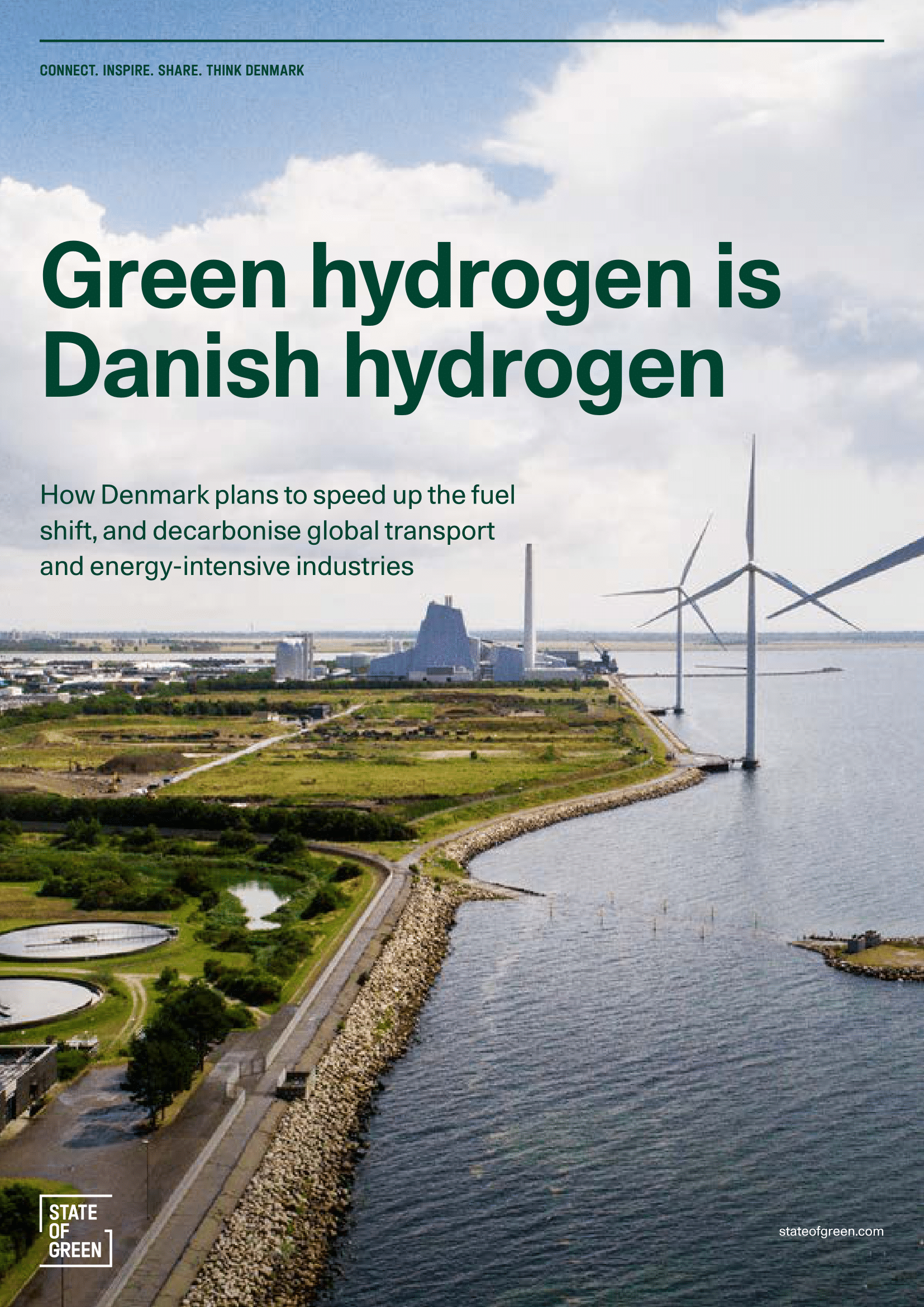Solution provider

Topsoe is a leading global provider of technology and solutions for the energy transition. We combat climate change by helping our customers and partners achieve their decarbonization and emission reduction goals, including those in energy-intensive industries and long-distance transportation such as shipping, aviation and heavy industry.











